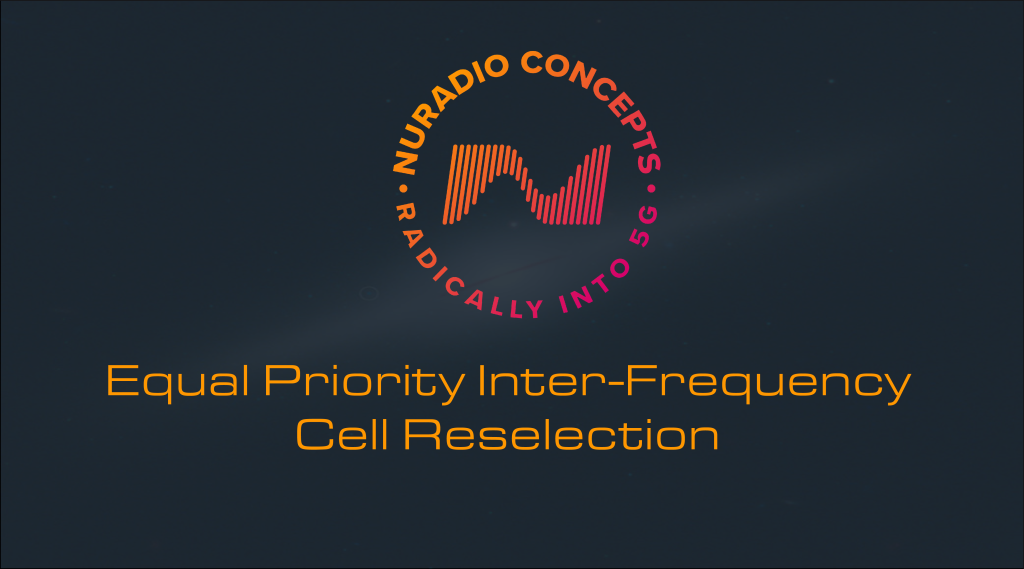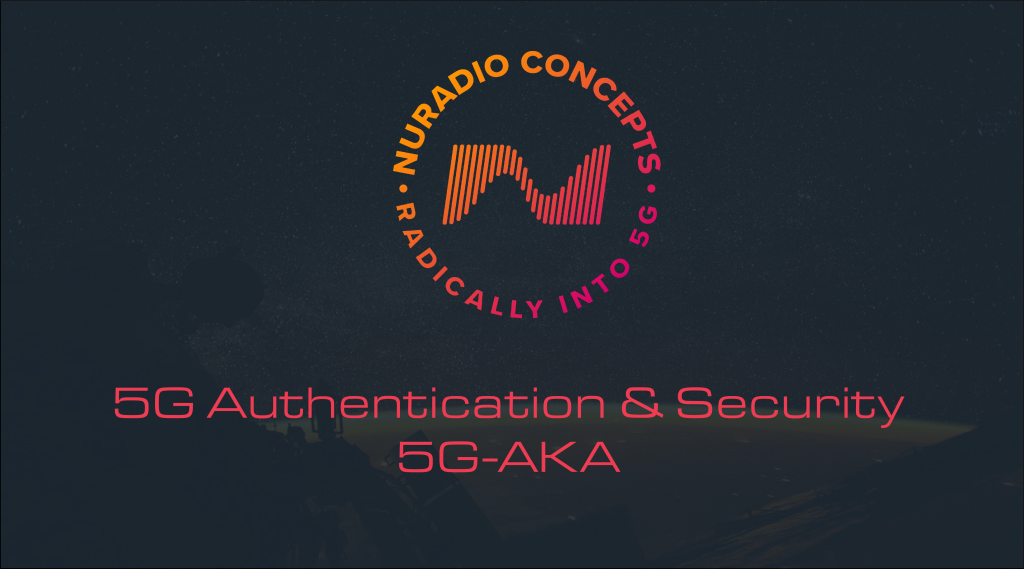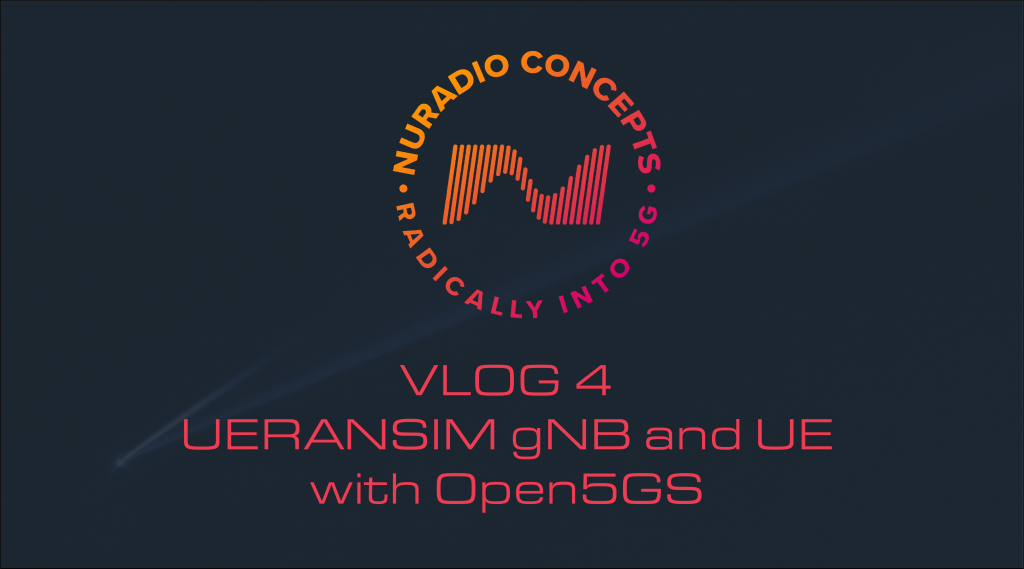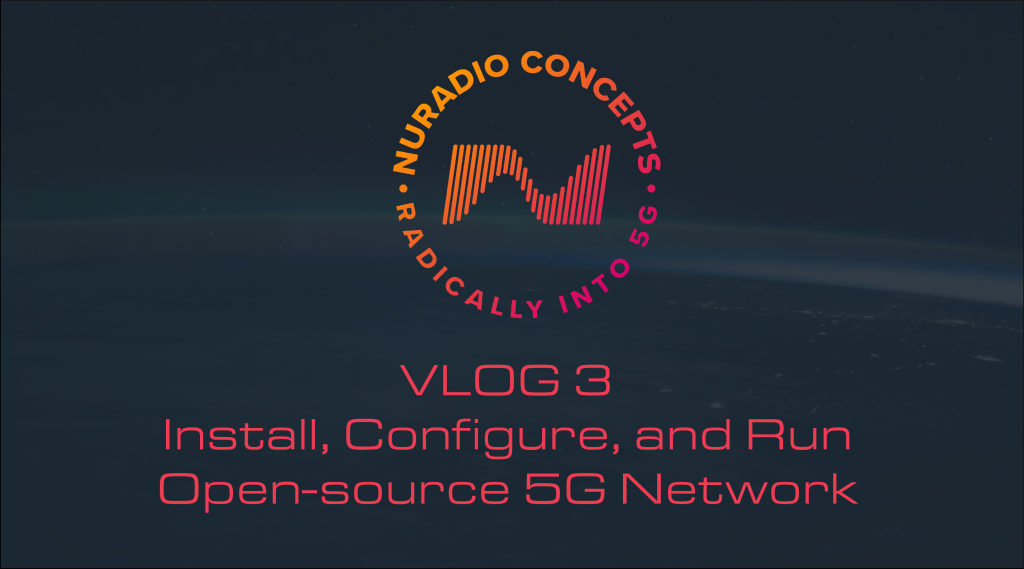Introduction
Let’s look at inter-frequency reselection and why it is needed in cellular networks. This is a scenario I encountered a few years ago when I was driving north on i-25 from Denver, CO to Cheyenne, WY. I was doing 5G Network Characterization, and noticed that when I was in Colorado I was on one NR-ARFCN until I reached the border of Wyoming, then I switched to a new NR-ARFCN. This was when T-Mobile only had band n71 channels, but the concept still applies.
The map below shows the direction of travel from south to north and shows two towers along the route: the southern tower with NR-ARFCN 127490 and the northern tower with NR-ARFCN 126270.

At a certain point of the drive north, my phone will lose adequate coverage on 127490 and need to reselect to 126270 since 127490 no longer has a presence in the coverage area I have entered.
Equal Priority Inter-Frequency measurement trigger
For simplicity, let’s call the southern tower NR-ARFCN 127490, Channel 1, and the northern tower NR-ARFCN 126270, Channel 2. Channel 1 and Channel 2 are the same priority, and no other channels exist in the coverage areas.
The phone is camped on Channel 1. It receives reselection rules on this channel from SIB2, SIB3, SIB4, and SIB5. For inter-frequency reselection, SIB2 (cell reselection information) and SIB4 (inter-frequency neighbor list) are considered.
SIB2
System Information Block 2 of the UE current serving channel gives the UE the serving cells Cell Reselection Priority and the appropriate measurement threshold triggers.

- Cell Reselection Priority = 3
- s-NonIntraSearchP (Inter Frequency Measurement threshold) = (7 x 2) 14
SIB2 also sets the q-RxLevMin, which is part of the measurement threshold calculation.
- q-RxLevMin =(-59 x 2) -118
The s-NonIntraSearchP value is added to q-RxLevMin to give the UE the Inter Frequency measurement threshold trigger. The basic rule here is shown as Srxlev > SNonIntraSearchP

- -118 + 14 = -104
Once the UE measures the current serving cell at less than the defined threshold (-104 RSRP), it will begin measuring Inter-Frequency neighbors.
This basically states that once the UE is no longer measuring INTRA-FREQUENCY neighbors on Channel 1 that are above the INTER-FREQUENCY measurement threshold, the UE needs to look for other channels that will provide service.
SIB4
Channel 1 should broadcast an inter-frequency neighbor list that contains Channel 2. The neighbor list contains the following information.
- Neighbor DL Carrier (NR-ARFCN)
- Neighbor Cell Reselection Priority
- t-ReselectionNR (Inter-Frequency reselection Time in seconds)
- q-Offset (if excluded from SIB4, then value is assumed as 0)

The UE will look for Channel 2 once Inter-frequency measurements are triggered.
Cell Ranking
Ranking only applies to a UE conducting Intra-Frequency or Equal-priority Inter-Frequency measurements for cell reselection.

Serving Cell Rank
SIB2 provides the serving cell ranking parameter q-Hyst, which adds to the UE serving cell measurement value. Let’s say that the UE is measuring Channel 1 at -110 RSRP. Channel 1 SIB2 defines q-Hyst as 2dB, so the UE ranks the serving cell using the measurement of -108.
- serving cell measurement (Qmeas,s) -110 + q-Hyst 2dB = -108
Neighbor Cell Rank
SIB4 optionally provides q-Offset parameters that apply to the neighbor cell to make it more or less attractive for reselection. In this case, the network does not define a q-Offset parameter, so the UE assumes the value is 0.
Let’s say that the UE measures Channel 2 at -90 RSRP. Since no other offset values are defined, that is the value the UE uses to rank Channel 2.
Ranking
- Channel 1 rank is -108
- Channel 2 rank is -90
Since the UE measures an Inter-frequency neighbor, it will use the SIB4 t-ReselectionNR value defined by the inter-frequency channel.

The t-ReselectionNR value of 1 defines that the UE must consistently rank Channel 2 higher than Channel 1 for 1 second before it triggers reselection towards Channel 2. After 1 second, the UE will reselect to channel 2.
Equal Priority Reselection Conclusion
Using my Reselection calculator with the scenario above, you can see the Measurement Type: Inter, Measurement Priority: Equal, Inter Frequency Measurement threshold: -104, Serving Rank: -108, Neighbor Rank: -90.

The flow of this process is shown in the following flow chart.






Leave a comment